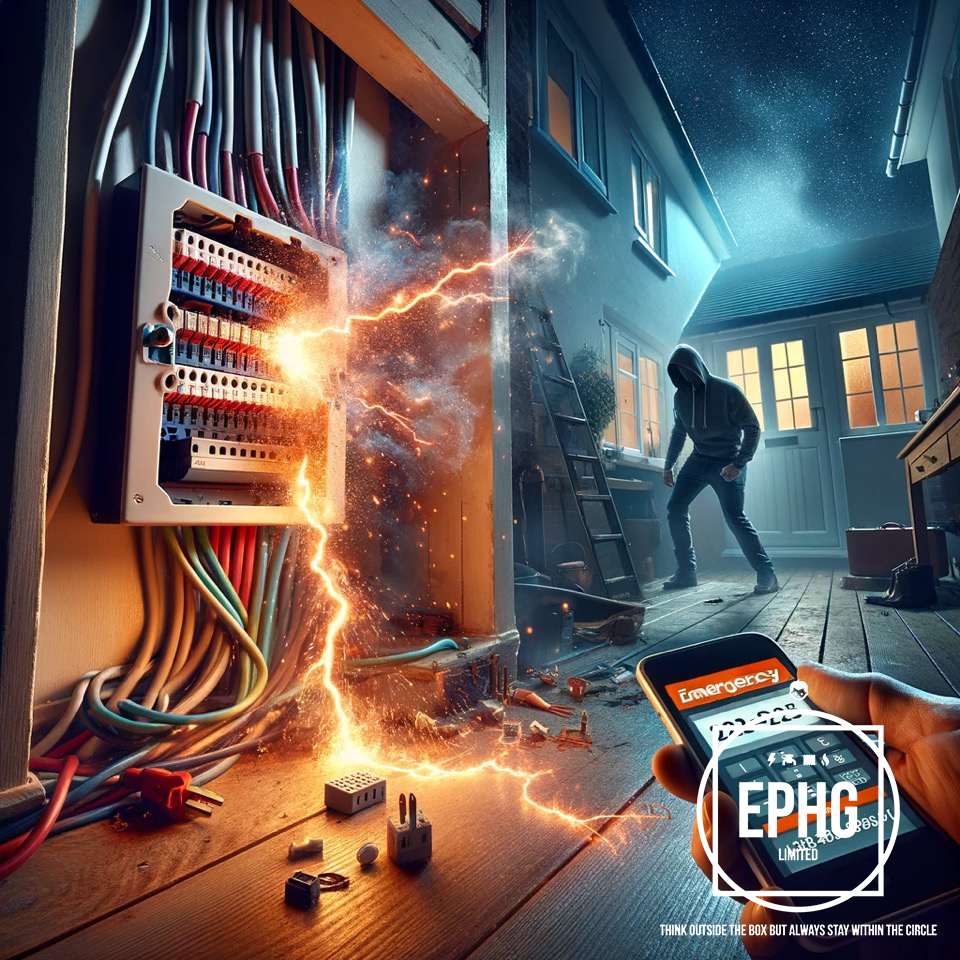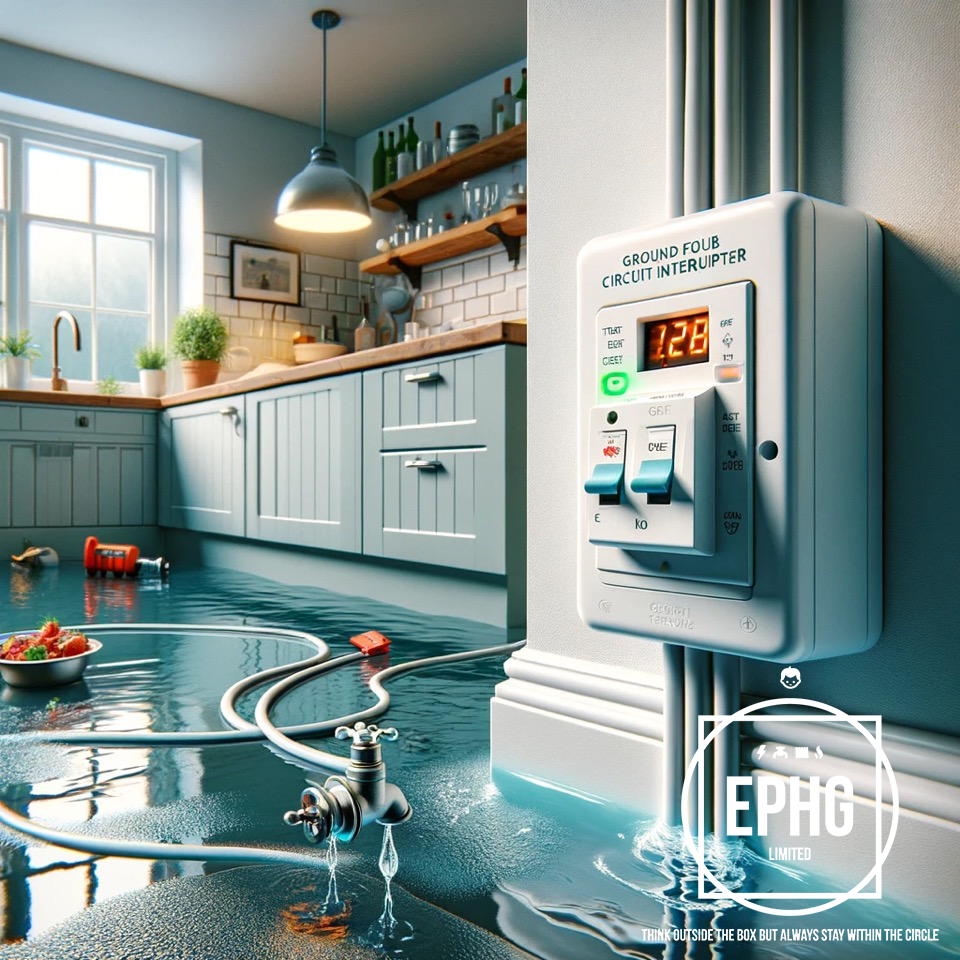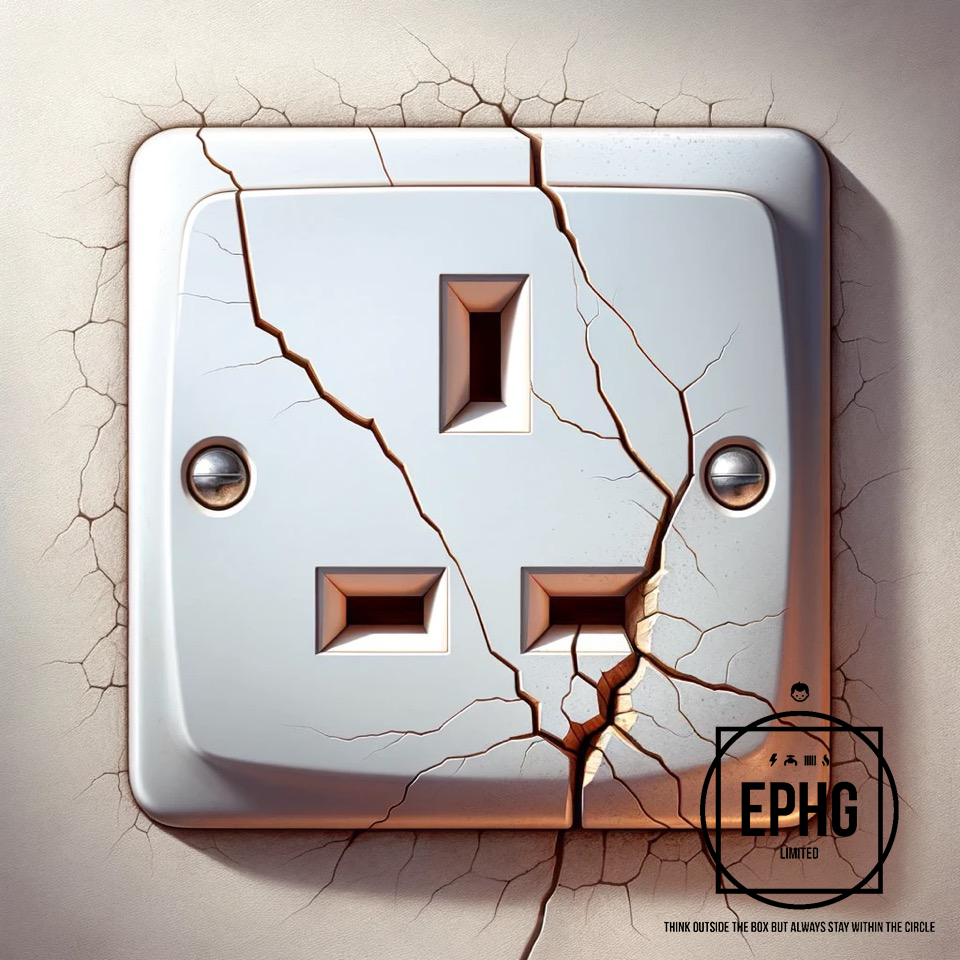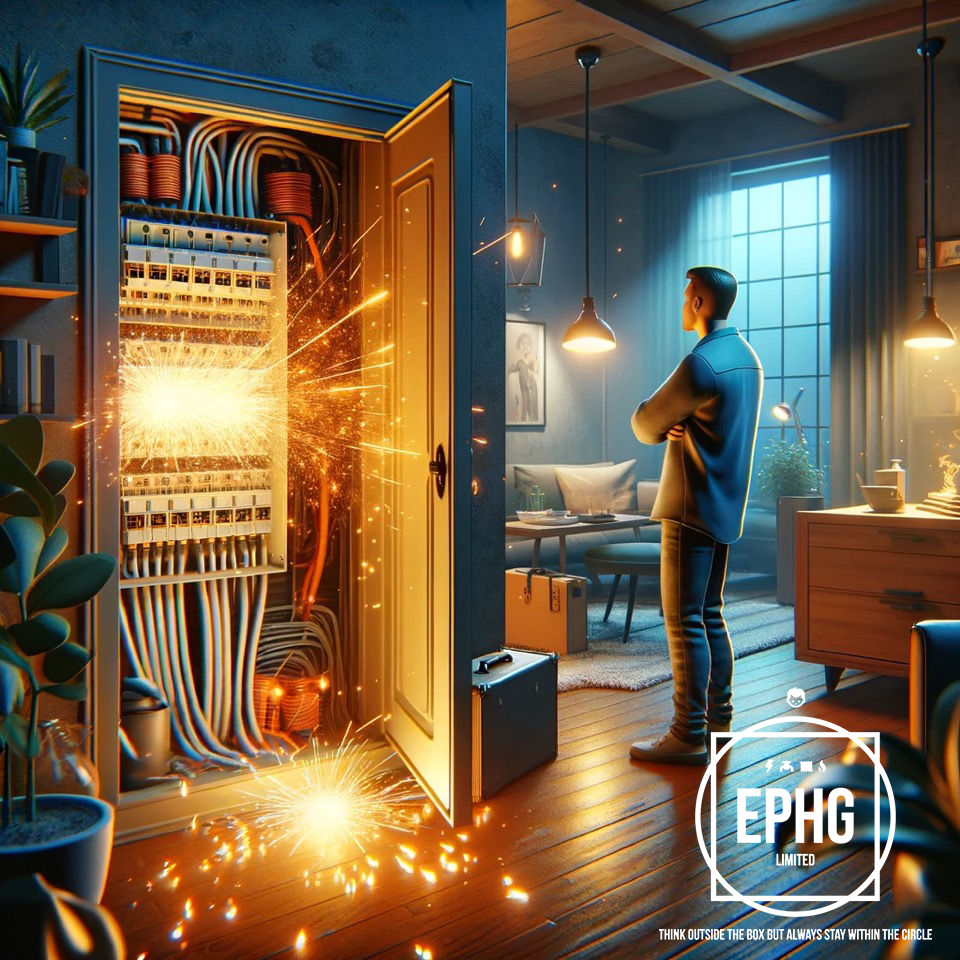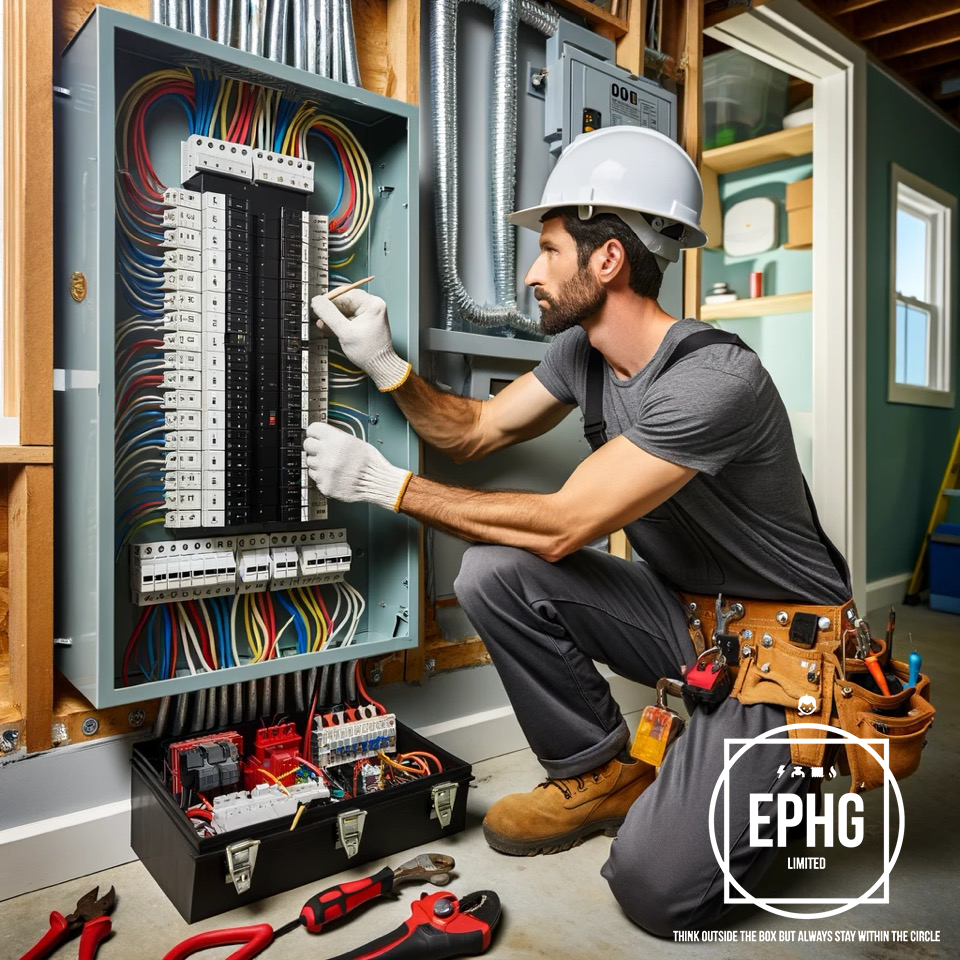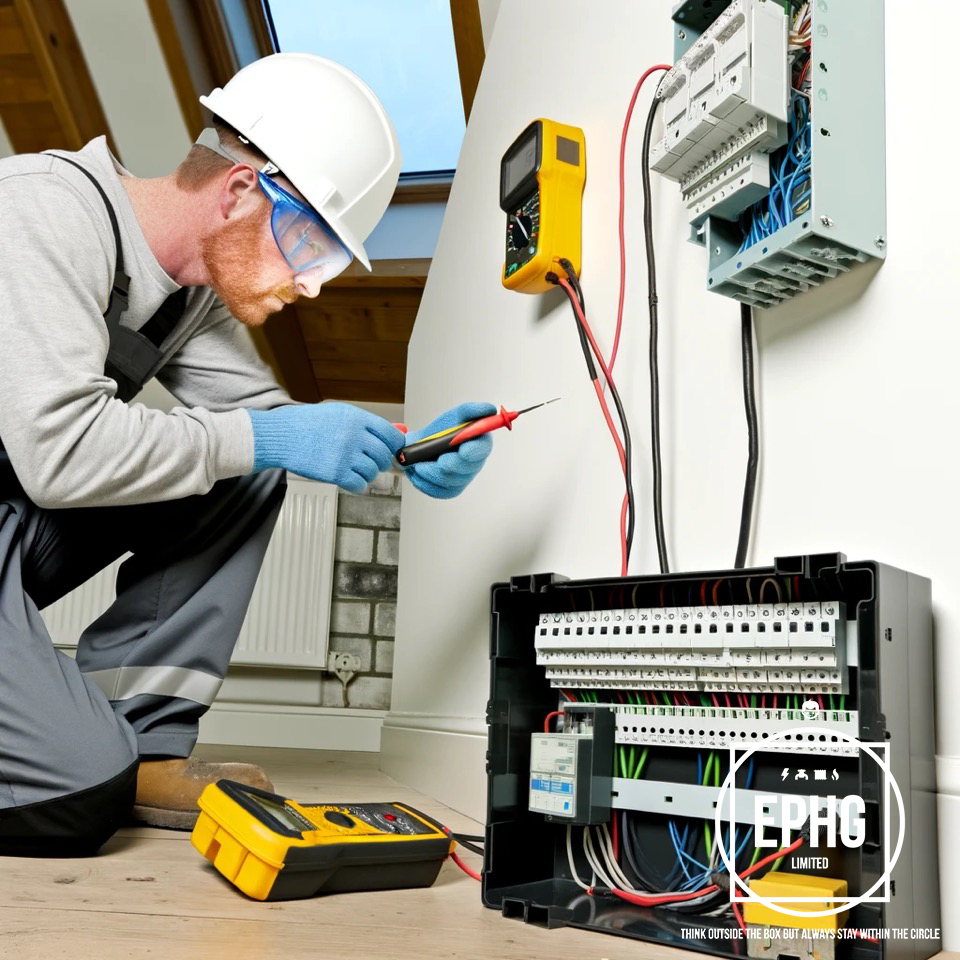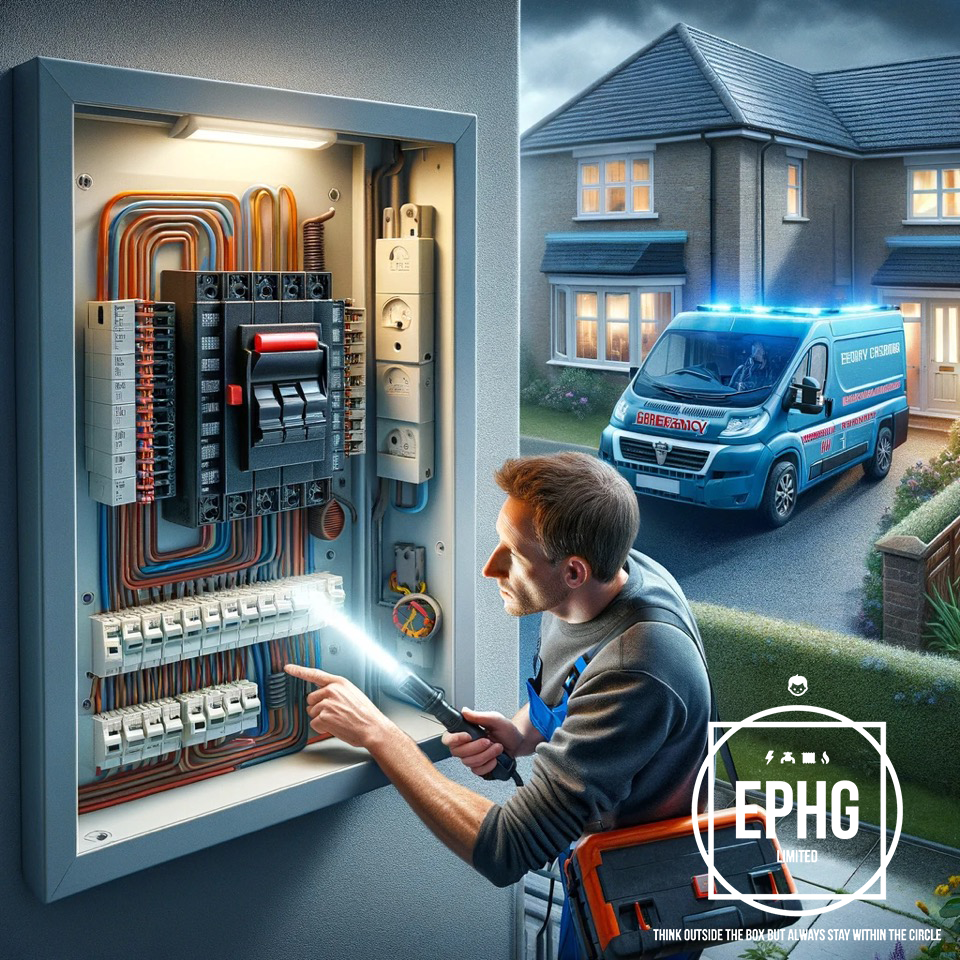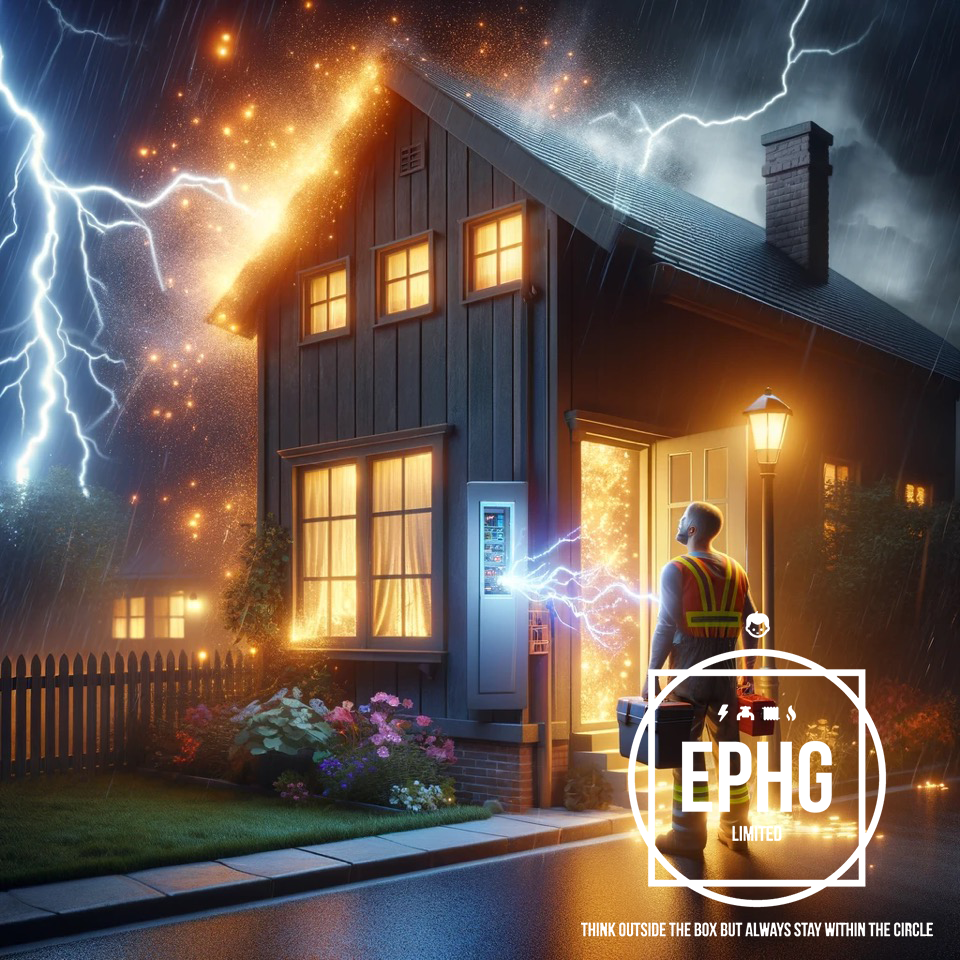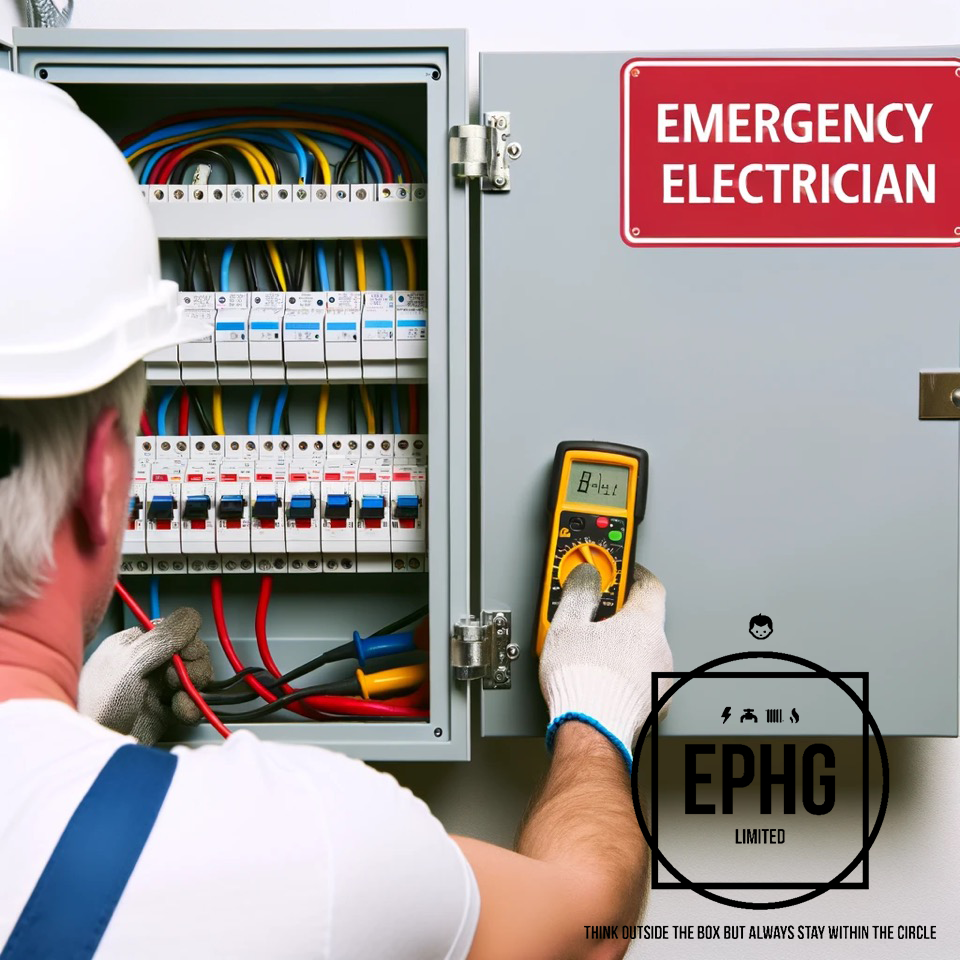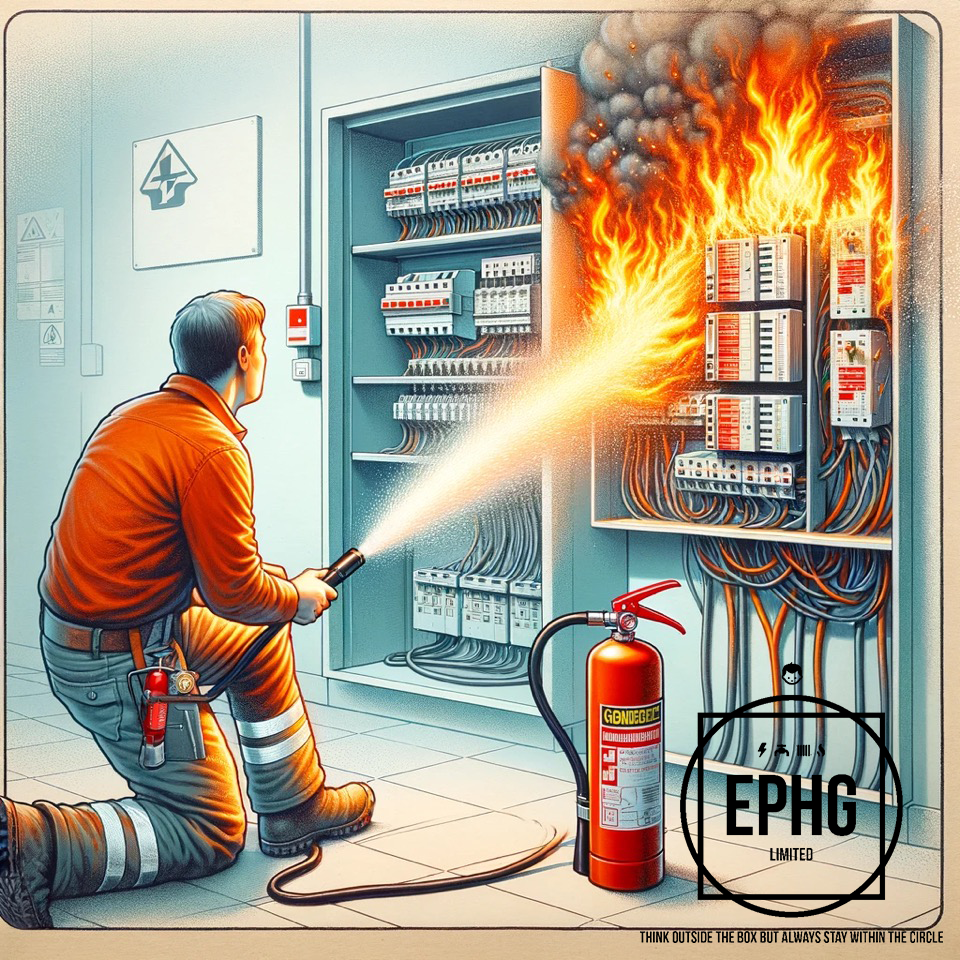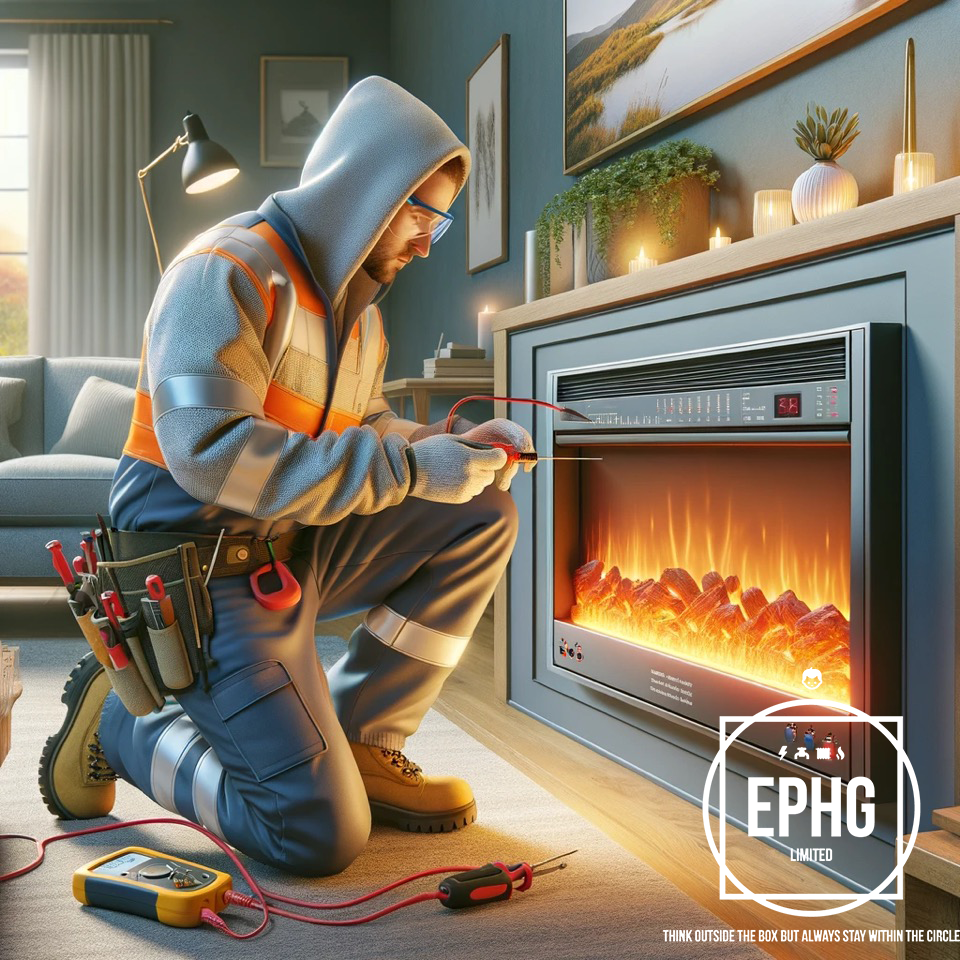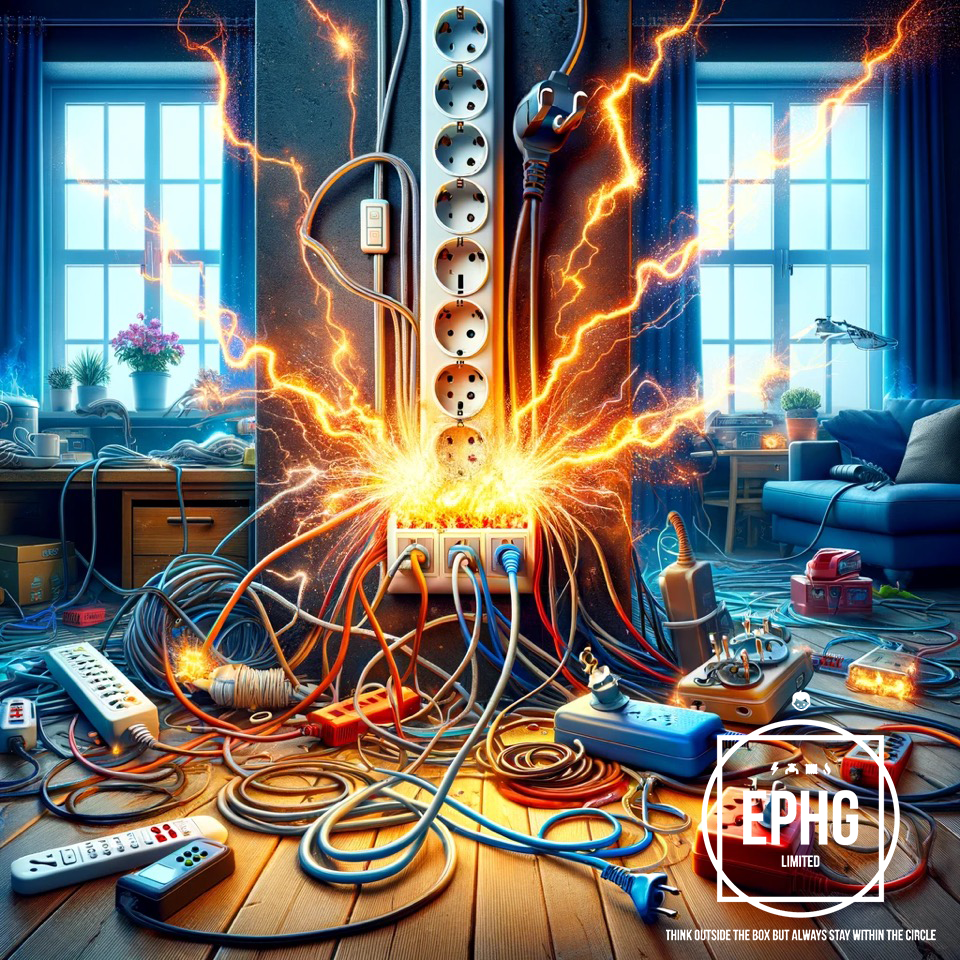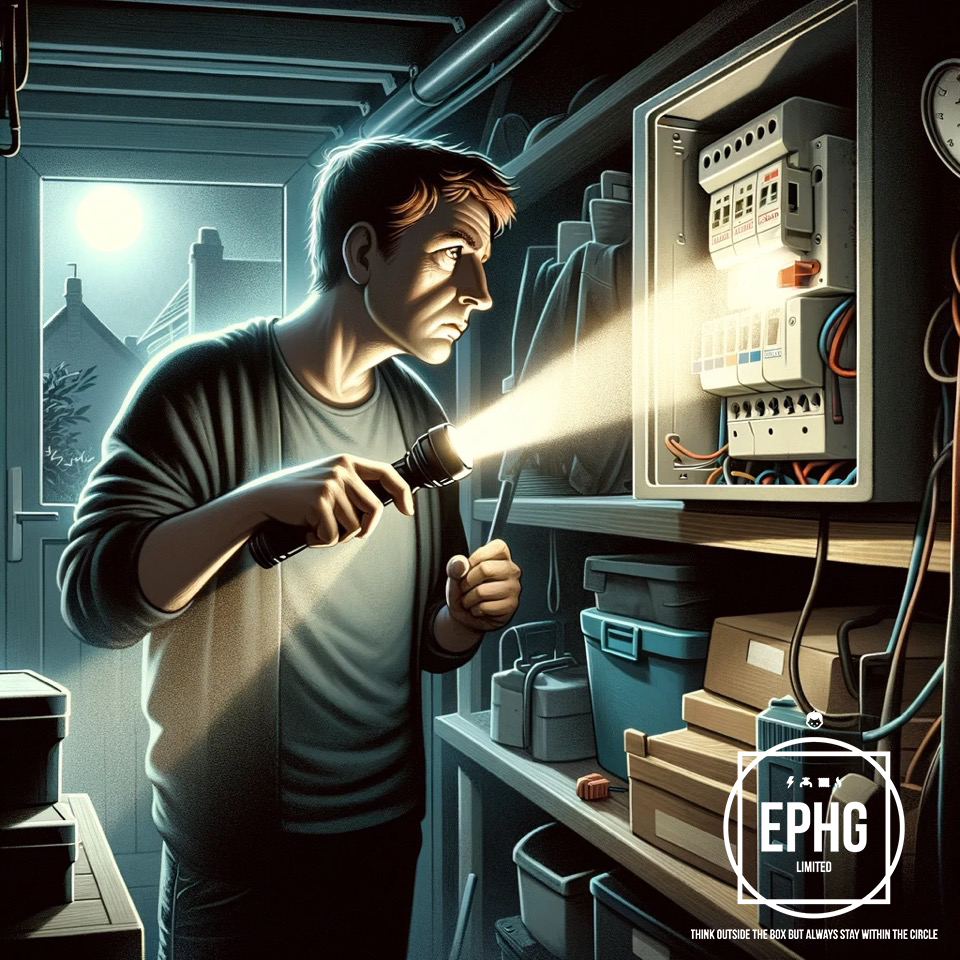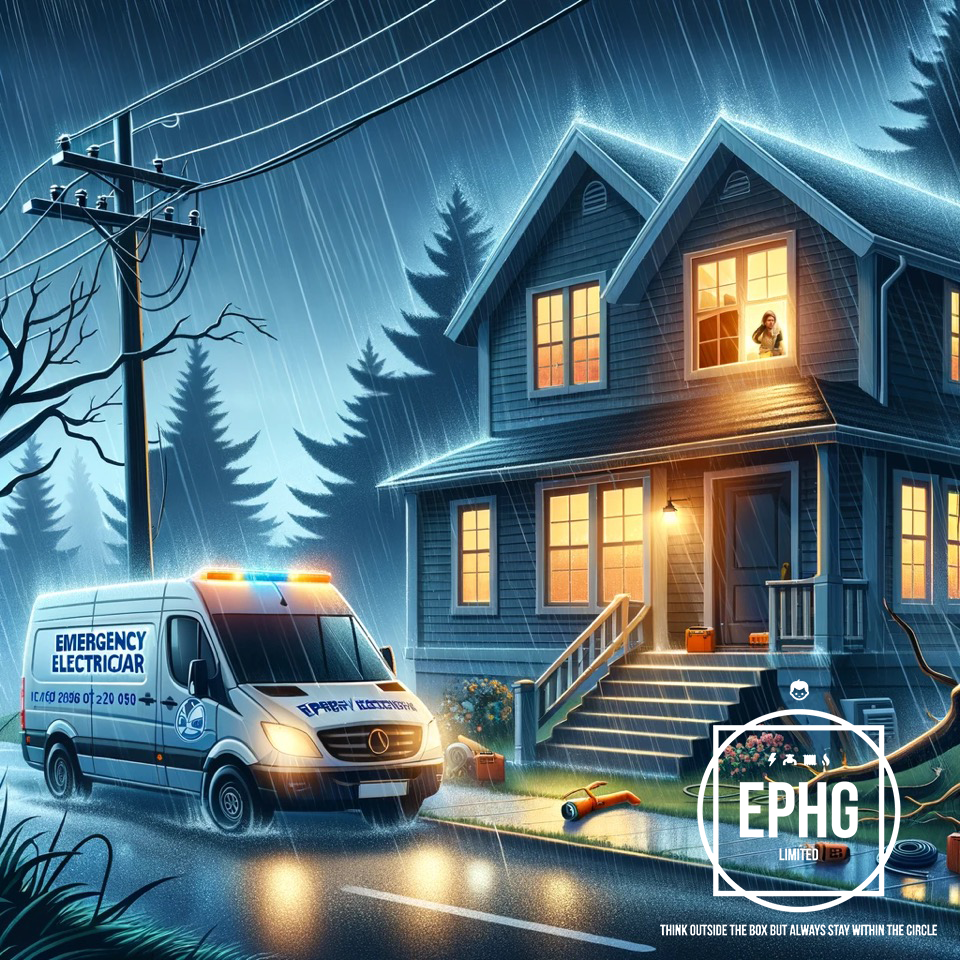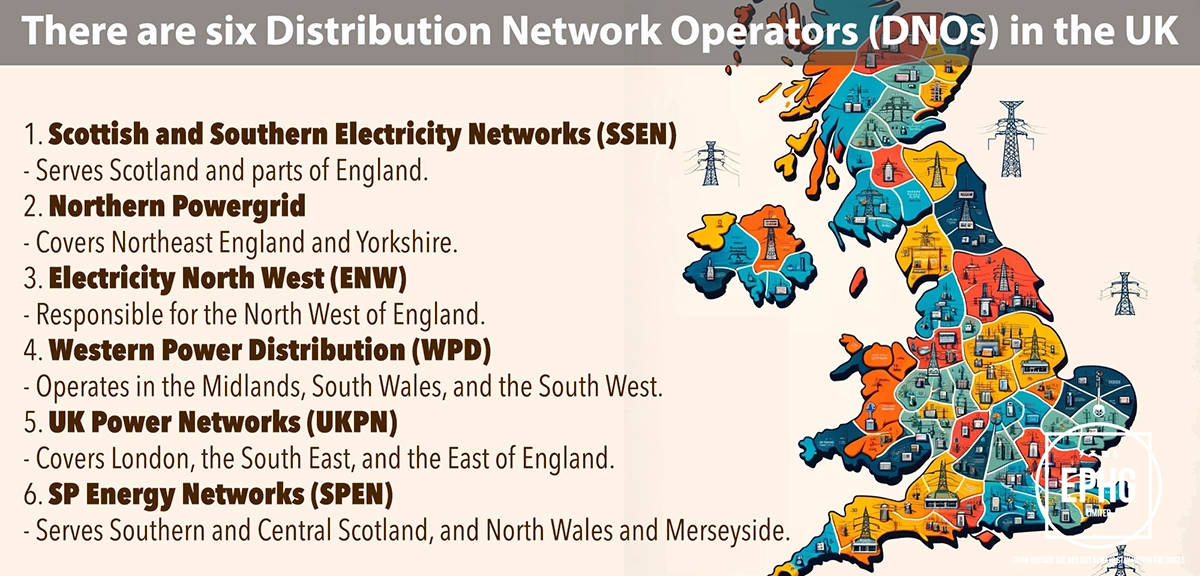

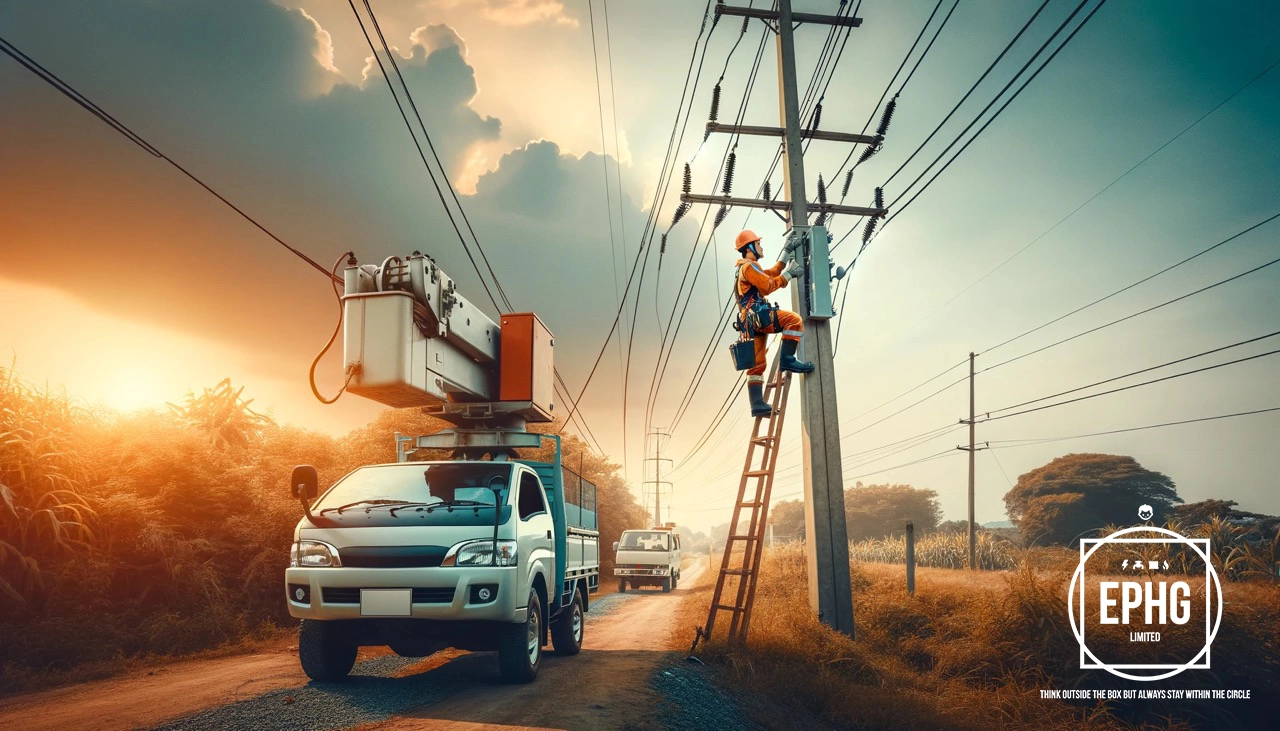
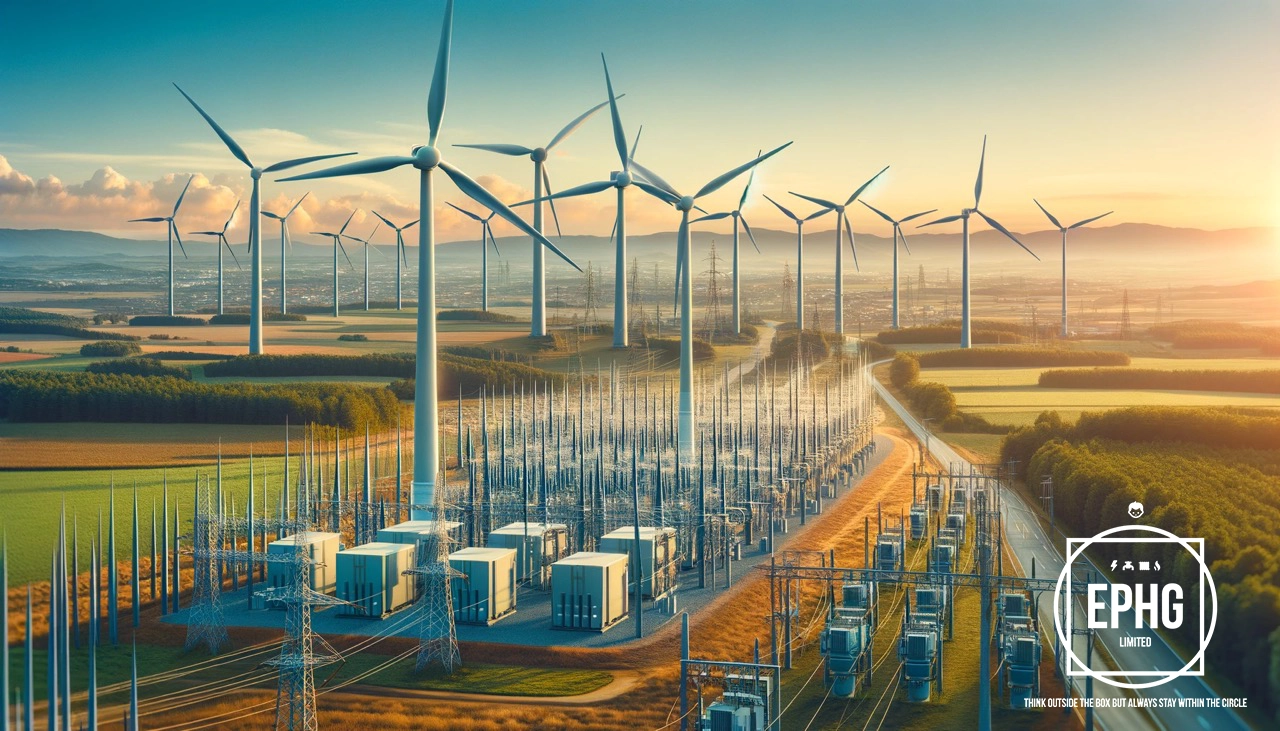


Distribution Network Operators (DNOs) in the UK: An Overview
In the intricate web of the UK's electricity supply chain, Distribution Network Operators (DNOs) play a pivotal role in ensuring that electricity generated at power stations reaches the end consumers seamlessly and safely. This article delves into the nuances of what DNOs do, their responsibilities, and their significant role in the energy sector.
What Does DNO Stand For?
DNO stands for Distribution Network Operator. These are companies responsible for distributing electricity to UK homes and businesses.
Defining DNOs: Distribution Network Operators, or DNOs, are companies licensed to operate the networks that distribute electricity from the national transmission grid to end users. These networks consist of towers, cables, and substations and are essential for delivering electricity to homes, businesses, and public institutions throughout the UK.
Who Supplies My Electricity?
Electricity Supply: Understanding the Chain - It's important to distinguish between DNOs and energy suppliers. While DNOs manage the physical infrastructure, energy suppliers are the entities that sell electricity to consumers. This distinction is crucial for understanding who to contact in case of outages or service issues.
Utility Bills: What DNOs Cover
DNOs are solely focused on electricity. They do not manage water or gas services, which are provided by separate entities. This separation ensures specialized handling and efficiency in managing the different types of services.
Comprehensive Responsibilities of DNOs
DNOs have a wide range of responsibilities, from infrastructure maintenance to emergency repairs. They ensure the reliability and safety of the electricity distribution network and are also involved in connecting new properties to the grid. Understanding the scope of their responsibilities helps consumers know whom to contact for various issues related to electricity distribution.
Sourcing and Sustainability: The DNOs' Resources
The electricity distributed by DNOs comes from a variety of sources, reflecting the UK's diverse energy mix. This includes renewable sources like wind and solar, as well as traditional sources like coal and natural gas. DNOs are increasingly focusing on sustainable practices and are integral to the UK's transition to greener energy.
Looking Forward: The Evolution and future of DNOs
As the energy landscape changes, so too do the roles and responsibilities of DNOs. With the rise of renewable energy and the push towards decarbonization, DNOs are adapting to manage more complex, decentralized networks. This evolution is critical for meeting future energy demands and sustainability goals.
List of Distribution Network Operators (DNOs) in the UK and Their Covered Areas
The UK is divided into regions, each served by a different DNO. Below is a list of the six DNOs operating in the UK, along with the main areas they cover and associated postcodes, detailed further with main towns:
-
Electricity North West – Covers the North West of England.
- L (Liverpool) - Main towns: Liverpool, Bootle, Prescot
- LA (Lancaster) - Main towns: Lancaster, Morecambe, Kendal
- M (Manchester) - Main towns: Manchester, Salford, Sale
- OL (Oldham) - Main towns: Oldham, Rochdale, Ashton-under-Lyne
- PR (Preston) - Main towns: Preston, Leyland, Chorley
- SK (Stockport) - Main towns: Stockport, Buxton, Macclesfield
- WA (Warrington) - Main towns: Warrington, Runcorn, Widnes
- WN (Wigan) - Main towns: Wigan, Leigh, Skelmersdale
- BL (Bolton) - Covering Bolton and surrounding areas.
- BB (Blackburn) - Including Blackburn, Burnley, and surrounding areas.
- CW (Crewe) - Covering Crewe, Nantwich, Northwich, and surrounding areas.
-
Northern Powergrid – Serves the North East of England and Yorkshire.
- DH (Durham) - Main towns: Durham, Consett, Chester Le Street
- DL (Darlington) - Main towns: Darlington, Bishop Auckland, Catterick
- DN (Doncaster) - Main towns: Doncaster, Scunthorpe, Grimsby
- HD (Huddersfield) - Main towns: Huddersfield, Holmfirth, Brighouse
- HG (Harrogate) - Main towns: Harrogate, Ripon, Knaresborough
- HU (Hull) - Main towns: Hull, Beverley, Bridlington
- HX (Halifax) - Main towns: Halifax, Elland, Sowerby Bridge
- LS (Leeds) - Main towns: Leeds, Wakefield, Pontefract
- NE (Newcastle) - Main towns: Newcastle, Sunderland, Gateshead
- S (Sheffield) - Main towns: Sheffield, Barnsley, Rotherham
- SR (Sunderland) - Main towns: Sunderland, Seaham, Peterlee
- TS (Teesside) - Main towns: Middlesbrough, Stockton-on-Tees, Redcar
- WF (Wakefield) - Main towns: Wakefield, Dewsbury, Castleford
- YO (York) - Main towns: York, Scarborough, Harrogate
-
Scottish and Southern Electricity Networks – Operates in the North of Scotland and Southern England.
- AB (Aberdeen) - Main towns: Aberdeen, Peterhead, Fraserburgh
- DD (Dundee) - Main towns: Dundee, Forfar, Arbroath
- IV (Inverness) - Main towns: Inverness, Fort William, Dingwall
- KW (Kirkwall) - Main towns: Kirkwall, Thurso, Wick
- PH (Perth) - Main towns: Perth, Pitlochry, Crieff
- SO (Southampton) - Main towns: Southampton, Winchester, Andover
- SP (Salisbury) - Main towns: Salisbury, Shaftesbury, Warminster
- PO (Portsmouth) - Main towns: Portsmouth, Fareham, Chichester
- RG (Reading) - Main towns: Reading, Basingstoke, Newbury
- RH (Redhill) - Main towns: Redhill, Crawley, Horsham
- SL (Slough) - Main towns: Slough, Windsor, Maidenhead
- SN (Swindon) - Main towns: Swindon, Chippenham, Devizes
- GU (Guildford) - Main towns: Guildford, Woking, Aldershot
- KT (Kingston) - Main towns: Kingston upon Thames, Epsom, Leatherhead
- ME (Medway) - Main towns: Rochester, Maidstone, Ashford
-
SP Energy Networks – Covers areas in Southern Scotland, North Wales, Merseyside, and North Shropshire.
- CH (Chester) - Main towns: Chester, Wirral, Ellesmere Port
- CW (Crewe) - Main towns: Crewe, Nantwich, Northwich
- LL (Llandudno) - Main towns: Llandudno, Wrexham, Bangor
- ML (Motherwell) - Main towns: Motherwell, Hamilton, East Kilbride
- SY (Shrewsbury) - Main towns: Shrewsbury, Oswestry, Welshpool
- WA (Warrington) - Main towns: Warrington, St Helens, Widnes
- L (Liverpool) - Main towns: Liverpool, Bootle, St Helens
-
UK Power Networks – Operates in London, the South East, and the East of England.
- AL (St Albans) - Main towns: St Albans, Hatfield, Harpenden
- BR (Bromley) - Main towns: Bromley, Beckenham, Orpington
- CB (Cambridge) - Main towns: Cambridge, Ely, Newmarket
- CM (Chelmsford) - Main towns: Chelmsford, Braintree, Maldon
- CR (Croydon) - Main towns: Croydon, Mitcham, Coulsdon
- DA (Dartford) - Main towns: Dartford, Bexley, Erith
- E (East London) - Main towns: East London areas including Stratford, Hackney, Bow
- EC (East Central London) - Main towns: Central London areas including The City, Clerkenwell, Farringdon
- EN (Enfield) - Main towns: Enfield, Barnet, Potters Bar
- HA (Harrow) - Main towns: Harrow, Edgware, Wembley
- IG (Ilford) - Main towns: Ilford, Barking, Chigwell
- IP (Ipswich) - Main towns: Ipswich, Bury St Edmunds, Felixstowe
- KT (Kingston upon Thames) - Main towns: Kingston upon Thames, Epsom, Leatherhead
-
Western Power Distribution – Serves the Midlands, South Wales, and the South West.
- BA (Bath) - Main towns: Bath, Yeovil, Bridgwater
- BS (Bristol) - Main towns: Bristol, Weston-super-Mare, Clevedon
- CF (Cardiff) - Main towns: Cardiff, Bridgend, Merthyr Tydfil
- DY (Dudley) - Main towns: Dudley, Kidderminster, Stourbridge
- EX (Exeter) - Main towns: Exeter, Torquay, Barnstaple
- GL (Gloucester) - Main towns: Gloucester, Cheltenham, Stroud
- HR (Hereford) - Main towns: Hereford, Ross-on-Wye, Leominster
- LD (Llandrindod Wells) - Main towns: Llandrindod Wells, Brecon, Newtown
- NP (Newport) - Main towns: Newport, Cwmbran, Pontypool
- PL (Plymouth) - Main towns: Plymouth, Saltash, Torpoint
- SA (Swansea) - Main towns: Swansea, Llanelli, Carmarthen
- SN (Swindon) - Main towns: Swindon, Chippenham, Trowbridge
- TA (Taunton) - Main towns: Taunton, Bridgwater, Yeovil
- TQ (Torquay) - Main towns: Torquay, Paignton, Brixham
- TR (Truro) - Main towns: Truro, Penzance, Falmouth
- WR (Worcester) - Main towns: Worcester, Evesham, Malvern
- WV (Wolverhampton) - Main towns: Wolverhampton, Dudley, Bridgnorth
By clicking on any of these postcodes, you will be directed to a page that thoroughly explains the utilities available within those postcode areas.
Reasons to Contact the DNO and Contact Numbers for All DNOs
- Power Outages or Interruptions: To report a power cut or an interruption in your electricity supply. DNOs are responsible for maintaining and repairing the electricity distribution network.
- Emergency Situations: To report dangerous situations such as fallen power lines, damaged infrastructure, or any other emergency related to electricity distribution.
- New Connections: If you're moving to a new property and need to set up an electricity connection, or if you're building a property and need to connect it to the electricity network.
- Metering Issues: To discuss issues related to your electricity meter or if you need the meter moved or inspected.
- Planned Power Cuts: To get information about planned power cuts in your area due to maintenance work or upgrades to the network.
- Advice and Information: To seek advice on issues related to electricity supply, energy efficiency, or other services provided by the DNO.
- Billing or Account Inquiries: Although DNOs are not responsible for billing (this is usually the role of your energy supplier), in some cases, there may be a need to discuss issues directly related to the distribution network that could affect your bill.
Note: The contact numbers provided are for general inquiries and customer service. In the event of a power cut or emergency, you should call the national emergency number 105, which is free of charge and will connect you to your local DNO.
- Electricity North West
Contact Number: 0800 195 4141
Website: Electricity North West - Northern Powergrid
Contact Number: 0800 011 3332
Website: Northern Powergrid - Scottish and Southern Electricity Networks
Contact Number: 0800 048 3516 (South England), 0800 048 3515 (North Scotland)
Website: SSEN - SP Energy Networks
Contact Number: 0330 1010 444 (Scotland), 0330 1010 400 (Wales & Merseyside)
Website: SP Energy Networks - UK Power Networks
Contact Number: 0800 029 4285
Website: UK Power Networks - Western Power Distribution
Contact Number: 0800 096 3080 (All Regions)
Website: Western Power Distribution
